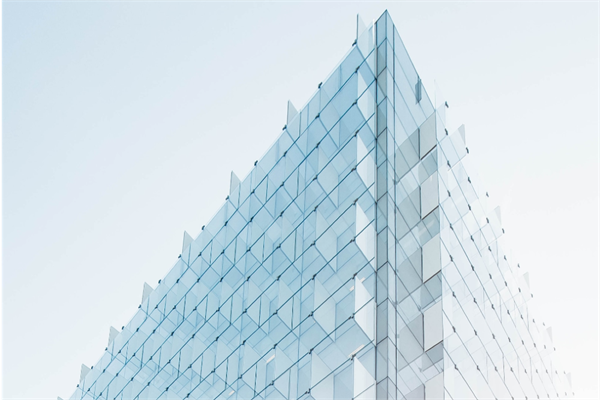
The new coating can be applied on buildings and refrigerated trucks to keep them insulated, reducing energy consumption, costs and emissions.
Researchers from Stanford University (California, U.S.A.) have recently formulated a coating that keeps building cooler in the Summer and warmer in the Winter, reducing energy usages and consequently costs and greenhouse gas emissions.
Space heating and cooling accounts for about 13% of global energy use and 11% of greenhouse gas emissions. So, this new coating reduced the energy used for heating by about 36% in experiments using artificial cold environments as well as 21% in artificial warm conditions.
“Energy and emissions from heating are forecast to continue to fall due to energy efficiency gains, but air conditioning use is rising, especially in developing economies in a warming world. For both heating and air conditioning we must reduce energy and emissions globally to meet our zero-emissions goals. How to reduce heat exchange between human living and work spaces and their surroundings is getting more attention, and new materials for enhanced insulation are in demand,” stated Yi Cui, a professor of materials, energy and photon science and engineering at SLAC National Accelerator Laboratory, who also directs the Precourt Institute for Energy and the Sustainability Accelerator at the Stanford Doerr School of Sustainability.
The newly formulated solution has two layers applied separately: an infrared reflective bottom layer using aluminium flakes and an ultrathin, infrared transparent upper layer using inorganic nanoparticles that comes in a wide range of colours. It can be applied to exterior walls and roofs in order to keep the heat out by letting the infrared light passing through the colour layer, reflecting off the lower layer and passing back out as light. Furthermore, it can be applied to interior walls to keep the heat inside, where the lower layer reflects the infrared waves that transfer energy across space and are invisible to the human eye.
“Both layers can be sprayed onto assorted surfaces of various shapes and materials providing an extra thermal barrier in many different situations,” has also declared Yucan Peng, the co-lead author of the study and postdoctoral scholar in Stanford’s Geballe Laboratory for Advanced Materials.
The new coatings can also be applied on trucks or train cars used for refrigerated transportation. They can be used in humid environments, since they have water-repellent layers and are resistant to high temperatures. The available colours are white, blue, red, yellow, green, orange, purple and dark grey.
“Our team continues to work on refining the paint formulations for practical applications. For example, water-based solutions would be more environmentally friendly than the organic solvents we used. That could facilitate the commercialisation of the paints,” has concluded Jian-Cheng Lai, a postdoctoral scholar and co-author of the study.